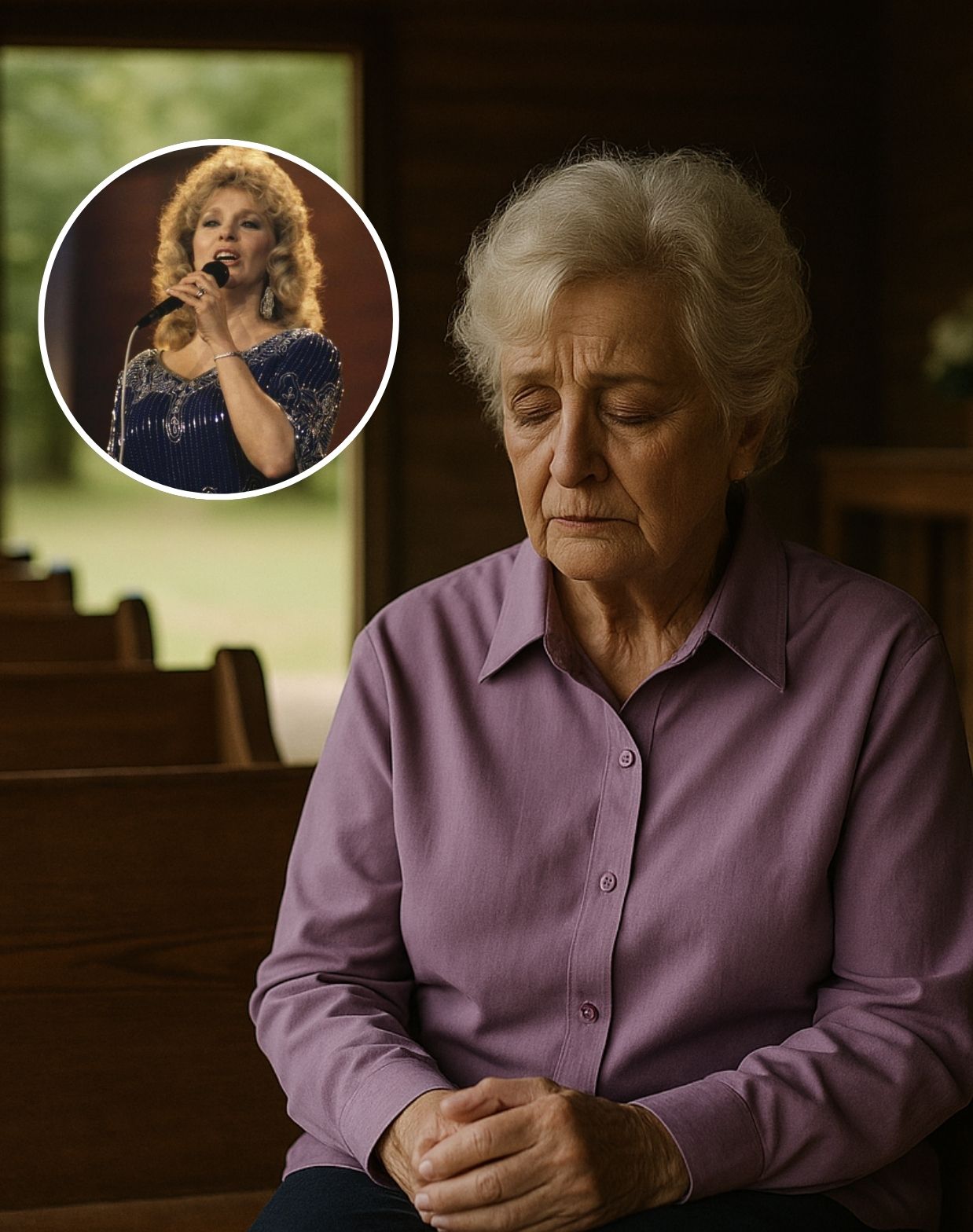Connie Smith – “Once a Day”: A Heartbreak So Pure, It Made Country Music History
In the long, rich tradition of country music, few debut singles have left a mark as deep—or as lasting—as “Once a Day” by Connie Smith. Released in 1964, written by the great Bill Anderson, and recorded when Smith was just 23 years old, the song quickly rose to #1 on the Billboard Hot Country Singles chart, where it stayed for a then-record eight consecutive weeks. It wasn’t just a hit—it was a moment that changed country music.
From the opening steel guitar notes, “Once a Day” introduces a heartbreak that’s simple, sincere, and completely devastating. The premise is straightforward: the narrator used to cry all the time over a lost love—but now, she only cries “once a day, every day, all day long.” It’s that last line that twists the knife—clever in its wordplay, but crushing in its truth.
And then there’s Connie Smith’s voice. Pure. Clear. Honest. There’s no over-singing, no theatrical flare—just raw emotion wrapped in perfect pitch. Her delivery is so natural that it feels like the words are being lived, not performed. In a time when many female artists were still finding space on the charts, Connie’s talent didn’t just demand attention—it earned respect and reverence from fans and peers alike.
Bill Anderson’s songwriting is deceptively simple—his words speak plainly, but they cut deep. He once said that when he heard Connie sing “Once a Day” in the studio, he knew something extraordinary had happened. He was right. The song not only launched Smith’s career—it cemented her as one of the most powerful voices in country music.
“Once a Day” became more than just a chart-topper. It became an anthem for anyone who’s ever tried to move on, only to realize that some loves leave echoes too loud to ignore. It touched women who saw their own strength and sorrow reflected in it, and it showed the industry that a young woman from Ohio could stand toe to toe with the genre’s biggest stars.
Today, decades later, Connie Smith’s “Once a Day” remains a masterpiece of melodic heartache, and a shining example of how country music speaks plainly—and yet says so much.
